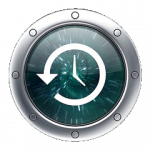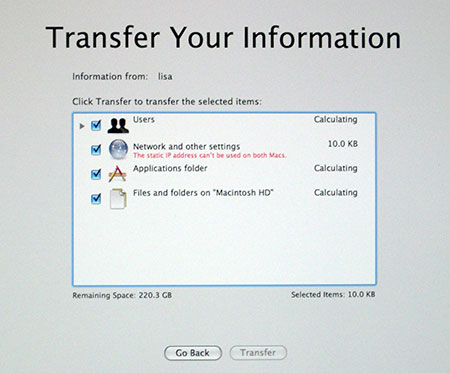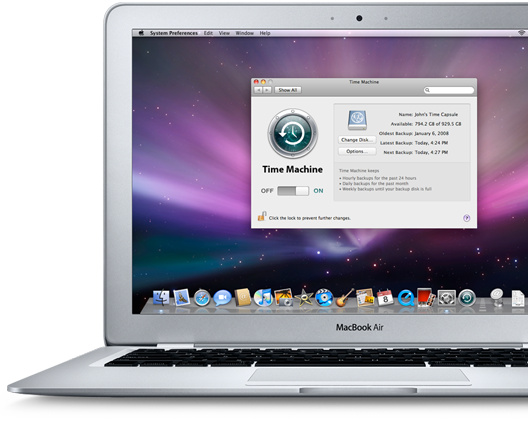 I got my new iMac in late last week – the 24″ 3.06 Ghz aluminum one with 4GB RAM – and it *is* sweet. I’ve set up a Mac fresh, I’ve set up a machine using the Migration Assistant, and I’ve used target disk mode, but I’ve not yet had the chance to rebuild from a time machine backup. Did it work?
I got my new iMac in late last week – the 24″ 3.06 Ghz aluminum one with 4GB RAM – and it *is* sweet. I’ve set up a Mac fresh, I’ve set up a machine using the Migration Assistant, and I’ve used target disk mode, but I’ve not yet had the chance to rebuild from a time machine backup. Did it work?
Suffice it to say it was incredible. Using just my external hard drive, it read my backup, asked me what I wanted to restore (it found 4 things: Users, Network Settings, Applications, and “Files and Folders”). I checked them all. After a few simple questions, it told me that it would take just shy of 4 hours to complete. Surprisingly, it was done a scant 150 minutes later. When I booted up, I was amazed. Not only did everything come over, it was almost as if it was my exact machine. Barely a noticeable difference, save speed and size.

A few things slipped by, for example, I had changed /System/Library/CoreServices/DefaultDesktop.jpg to a custom image, which it did not preserve. I had changed some system icons, and those new icons did not preseve, but, for example, my external time machine drive had a custom icon, and it did remain. The new install also required many updates I had already applied to my old OS X installation.

All in all, though, I’ve never seen a smoother or faster migration. The power of UNIX – everything living in predictable directories and segregated into “Library” folders, means that both backing up and restoring have a power that the Windows Registry simply can’t match. In fact, in wading through all of this, it has a severe handicap when it comes to system migration due to the fact that data is mashed into so many inconsistent places.
Apple has pissed me off quite a bit recently. But – oh boy! – did they re-energize me with this one!
Update: worth noting, here is a great article on restoring from a time machine backup.

Although time machine is a good tool for Mac backup but it doesn’t provide bootable backups like Stellar Drive Clone software of Mac. It is a cloning and imaging software that supports SSD and many file formats like ExFat, FAT32, MBR partition scheme etc.